Space News
Nasa
398
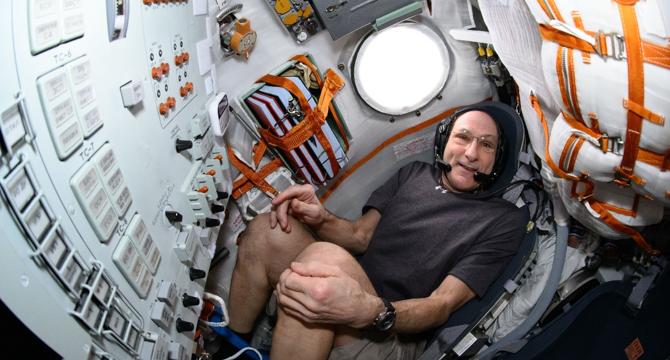
Image Credit: Nasa
NASA Astronaut to Answer Questions from Students in Oregon
- NASA astronaut Don Pettit will answer prerecorded science, technology, engineering, and mathematics-related questions from students in Oregon.
- The 20-minute space-to-Earth call will be broadcasted at 2:15 p.m. EDT on Monday, March 10, on NASA+.
- Oregon Charter Academy is hosting the event in Wilsonville, Oregon to raise awareness of career opportunities in STEM.
- The event will highlight the important research and technology investigations taking place aboard the International Space Station.
Read Full Article
23 Likes
The Robot Report
321

Shield AI raises $250M to scale Hivemind Enterprise autonomy developer platform
- Shield AI has raised $250 million in strategic funding to scale its Hivemind Enterprise autonomy developer platform.
- The funding will be used to expand the deployment of the Hivemind Enterprise platform to OEMs, governments, and companies, enabling the provision of autonomy to the robotics and drone industrial base.
- Hivemind Enterprise is an autonomy software suite that accelerates the development of intelligent machines, empowering developers with platform products and AI-powered toolsets.
- The funding round included participation from strategic investors L3Harris and Hanwha Aerospace.
Read Full Article
19 Likes
Nasa
194

Image Credit: Nasa
NASA Webb Wows With Incredible Detail in Actively Forming Star System
- NASA's James Webb Space Telescope captures high-resolution near-infrared light revealing incredible detail in the actively forming star system Lynds 483 (L483).
- The image shows shimmering ejections from two actively forming stars, emitting gas and dust in orange, blue, and purple colors.
- Over tens of thousands of years, the central protostars have ejected gas and dust in tight, fast jets and slower outflows, resulting in complex structures and chemical reactions.
- The hourglass-shaped L483 is situated 650 light-years away in the constellation Serpens, with protostars surrounded by dust and gas that block and reveal light in intricate patterns.
- The asymmetrical lines and twisted details in the ejections indicate ongoing stellar activity and interactions with surrounding material.
- This detailed observation by Webb helps astronomers study the history of star ejections, molecule formation, and density variations within the star-forming cloud.
- The stars in L483 are expected to finish forming in millions of years, leaving behind a cleared area where planets may evolve from the remaining gas and dust.
- The James Webb Space Telescope, a collaborative effort led by NASA, ESA, and the Canadian Space Agency, aims to unravel mysteries in our solar system and beyond.
- The telescope's advanced technology allows for unprecedented insights into stellar formation processes and deep space exploration.
- The observation in L483 pays tribute to astronomer Beverly T. Lynds, who cataloged nebulae extensively using photographic plates in the 1960s.
Read Full Article
11 Likes
Popsci
411
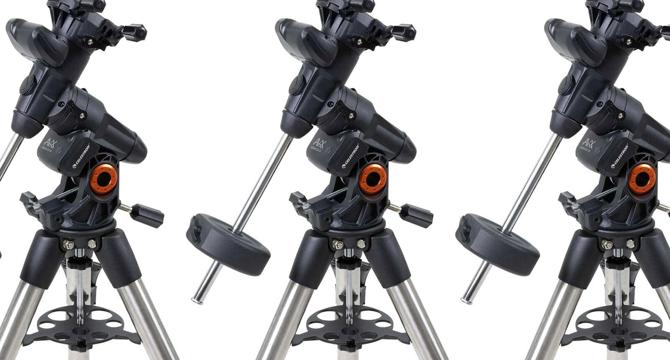
Image Credit: Popsci
The best telescope mounts for 2025
- Telescope mounts are essential for clear viewing and stability in stargazing, with mounts like Celestron Advanced VX and Sky-Watcher EQM-35 being top picks.
- Variety in mounts include equatorial, grab-and-go, budget, upgrade, and tabletop options, catering to different needs and preferences.
- Features like Precision GoTo tracking, astroimaging capabilities, and ease of use make mounts like Celestron Advanced VX a popular choice.
- Sky-Watcher EQM-35 offers strong metal build, imaging design, and upgradeable features, making it a preferred equatorial mount.
- Sky-Watcher AZ-GTI stands out as a grab-and-go mount with built-in Wi-Fi GoTo, versatile setup, and compact size for on-the-go stargazing.
- For budget-friendly options, Celestron Omni CG-4 provides sturdy steel legs, manual controls, and compatibility with Celestron's Omni XLT telescopes.
- Celestron Heavy-Duty CPC 1100 Tripod, though not a traditional mount, offers strength, stability, and compatibility with Celestron CPC and NexStar telescopes.
- Considerations when buying mounts include mount type (Alt-Azimuth or German Equatorial), motorization, compatibility, stability, and counterweights for balance.
- Selecting the right mount depends on factors like telescope compatibility, load capacity, stability, and counterweight requirements.
- Telescope mounts can vary in price from $400 to over $2,000, with mid-range options offering stability, GoTo systems, and counterweights for around $900 to $1,200.
Read Full Article
24 Likes
Discover more
Spaceflightnow
176

U.S. Air Force’s X-37B spaceplane lands following 434-day orbital mission
- The secretive U.S. military X-37B spaceplane has landed at Vandenberg Space Force Base following a 434-day orbital mission.
- The uncrewed spacecraft, also known as X-37B Orbital Test Vehicle (OTV), returned after completing its seventh flight, marking its first West Coast return since 2014.
- During the mission, the X-37B operated in a highly elliptical orbit and demonstrated maneuvering capabilities through aerobraking maneuvers.
- The U.S. Space Force is expected to launch the next X-37B mission, OTV-8, within the next few months.
Read Full Article
10 Likes
Nasa
113

Image Credit: Nasa
Hubble Spies a Spiral in the Water Snake
- This NASA/ESA Hubble Space Telescope image features the spiral galaxy called NGC 5042.
- NGC 5042 is located about 48 million light-years from Earth in the constellation Hydra.
- The galaxy contains ancient stars in its center and has blue star patches in its spiral arms.
- NGC 5042 also exhibits brilliant pink gas clouds known as H II regions, created by ionized hydrogen atoms.
Read Full Article
6 Likes
Earthsky
312

Image Credit: Earthsky
Critical fire weather forecast Friday in Texas, New Mexico
- Southeast New Mexico and western Texas are under a critical fire weather risk as per NOAA's Storm Prediction Center, affecting over 500,000 people.
- Critical risk criteria include sustained winds over 20 mph, humidity below 15%, and temperatures above 50-60 degrees Fahrenheit for 3 hours.
- Red Flag Warnings have been issued by the National Weather Service due to these conditions.
- Low humidity, strong winds, and dry conditions due to a cold front will increase the fire risk in the region.
- West Texas is also facing an exceptional drought, exacerbating the fire danger with dry vegetation.
- The drought has expanded, leading to groundwater and reservoir depletion, worsening the fire risk.
- The lack of rainfall and forecasts for drier conditions over the next month are likely to prolong the drought.
- Wildfire safety measures include monitoring weather alerts, proper disposal of cigarette butts, and prompt reporting of fires to authorities.
- Preventative steps like avoiding campfires during high-risk periods and being cautious with vehicles can help mitigate fire risks.
- The critical fire weather conditions highlight the importance of fire safety measures in New Mexico and Texas to prevent wildfires.
Read Full Article
18 Likes
Hackaday
239

Image Credit: Hackaday
The Long Goodbye: More Instruments Shut Down on the Voyagers as End Nears
- The Voyager 1 and 2 spacecraft are nearing the end of their extended missions.
- Two more instruments have been shut down, reducing the functionality of the spacecraft.
- Voyager 1's Low Energy Charged Particle Instrument (LECP) was disabled last year.
- The remaining instruments, magnetometer (MAG) and plasma wave subsystem (PWS), may continue operating until the end of this decade.
Read Full Article
14 Likes
Arstechnica
99
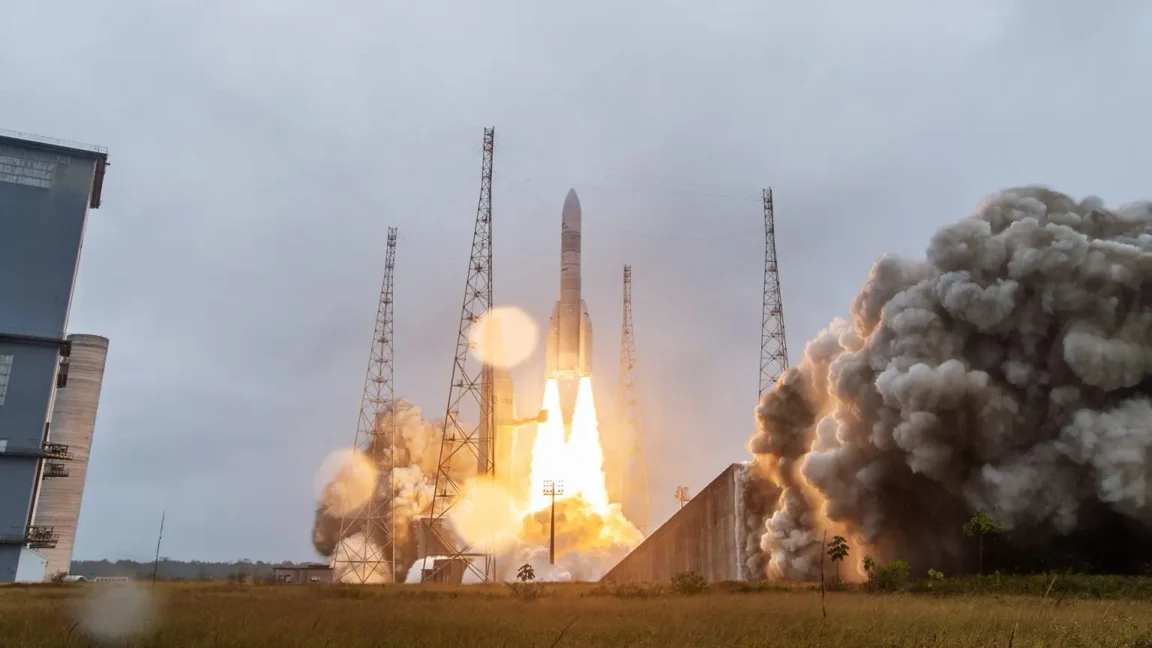
Image Credit: Arstechnica
Rocket Report: Starship fails for a second time; what’s to blame for Vulcan delays?
- Rocket Report: Starship fails for a second time; what’s to blame for Vulcan delays?
- Ariane 6 has a victorious second flight, Intuitive Machines achieves a partial Moon landing, and SpaceX's Starship fails during its second test flight.
- Firefly Aerospace sets March 15 as the target date for the next Alpha rocket launch, carrying Lockheed Martin's LM 400 spacecraft from Vandenberg Space Force Base.
- Lockheed Martin self-funds the demonstration mission for its new satellite bus, the LM 400, capable of serving civil, military, and commercial customers.
Read Full Article
5 Likes
Earthsky
27
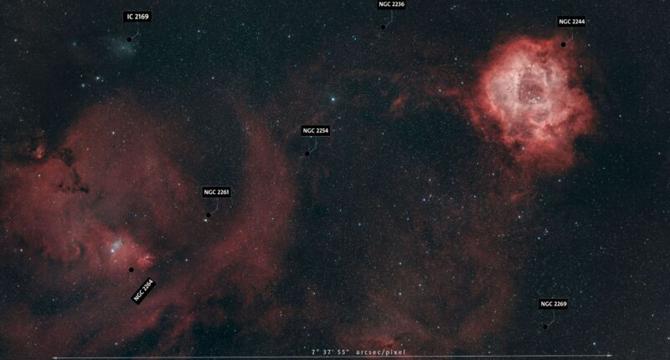
Image Credit: Earthsky
The best deep-sky photos of February 2025
- The article showcases stunning deep-sky photos from the EarthSky community captured in February 2025.
- Notable deep-sky images include the Rosette Nebula, Boogeyman Nebula, Skull and Crossbones Nebula, Orion Nebula, Horsehead Nebula, and various star clusters and galaxies.
- Photographers like Tameem Altameemi, Steven Bellavia, Tom Cofer, Guido Santacana, Jelieta Walinski, Gwen Forrester, David Hoskin, Marcy Curran, Andy Dungan, and Mario Rana contributed breathtaking images.
- The collection features diverse nebulae, star clusters like Messier 3 and Messier 44, and galaxies such as Messier 95, Messier 96, Messier 105, and the Leo Triplet.
- Each image is accompanied by descriptions detailing the celestial objects captured and the locations where they can be found in the night sky.
- The EarthSky community encourages sharing of astronomical photographs, fostering a sense of awe and wonder for the cosmos.
- The visual journey through the deep-sky of February 2025 offers a glimpse into the beauty and vastness of our universe.
- Whether showcasing nebulae, star clusters, or galaxies, each photo provides a unique perspective on the celestial wonders above.
- The community engagement in capturing and sharing these images highlights the passion and dedication of amateur astrophotographers worldwide.
- Exploring the depths of space through photography allows us to appreciate the intricate details and cosmic artistry present in our night sky.
Read Full Article
1 Like
The Verge
108

Image Credit: The Verge
Intuitive Machine’s lunar landing goes sideways again
- Intuitive Machines' second lunar lander, Athena, has touched down on the Moon but is not in the correct orientation.
- Uncertainty around Athena's orientation may impact the mission's duration.
- The previous Intuitive Machines lander, Odysseus, also experienced orientation issues during landing.
- Athena's performance is sub-optimal, which may shorten its ten-day lifespan and impact mission objectives.
Read Full Article
6 Likes
Knowridge
244

Image Credit: Knowridge
There’s a smashed planet at the heart of the Helix Nebula
- The Helix Nebula, also known as NGC7293, is a planetary nebula located 650 light years away in the constellation Aquarius.
- X-ray emissions from the Helix Nebula have been identified as coming from the white dwarf at its center, designated WD 2226-210.
- The emissions may be the result of a planet destroyed by the central star, as researchers propose the possibility of a destroyed Jupiter-like planet.
- Observations reveal a consistent brightness and a periodicity of 2.9 hours in the X-ray signal, suggesting the presence of planetary remnants in close orbit around the white dwarf.
Read Full Article
14 Likes
Earthsky
22

Image Credit: Earthsky
Total lunar eclipse of Full Worm Moon on March 13-14, 2025
- On March 13-14, 2025, a total lunar eclipse of the Full Worm Moon will occur in various regions including Antarctica, the Americas, and Australia.
- During a total lunar eclipse, the moon can appear red and is sometimes referred to as a Blood Moon.
- The eclipse timeline for March 14 includes penumbral eclipse starting at 03:57 UTC, total eclipse starting at 6:26 UTC, and totality ending at 7:32 UTC.
- Totality is expected to last approximately 66 minutes during the lunar eclipse.
- Lunar eclipses are safe to view with the naked eye, but binoculars or telescopes can enhance the experience.
- The March 2025 eclipse belongs to Saros 123 and is the 53rd eclipse out of 72 in the series occurring at the moon’s descending node.
- The instant of greatest eclipse will be at 6:58 UTC, and the moon will be closest to Earth in the Pacific Ocean during this time.
- In the Northern Hemisphere, the March full moon is known as the Worm Moon, signifying early spring activity in soil.
- The full moon on March 13-14, 2025, lies in the constellation Leo the Lion, between the stars Regulus and Spica.
- Following the lunar eclipse, a partial solar eclipse is expected on March 29, 2025, marking the end of the eclipse season.
Read Full Article
1 Like
Earthsky
244

Image Credit: Earthsky
Daylight saving time: 10 tips on how to make it easier
- Daylight saving time (DST) begins at 2 a.m. on March 9, 2025.
- Clocks in most U.S. states and Canadian provinces will leap forward one hour.
- Tips to cope with the time change include setting morning alarm 30 minutes earlier, getting sunlight, and managing stress.
- Daylight saving time was proposed by New Zealand entomologist G.V. Hudson in 1895.
Read Full Article
14 Likes
Digitaltrends
434
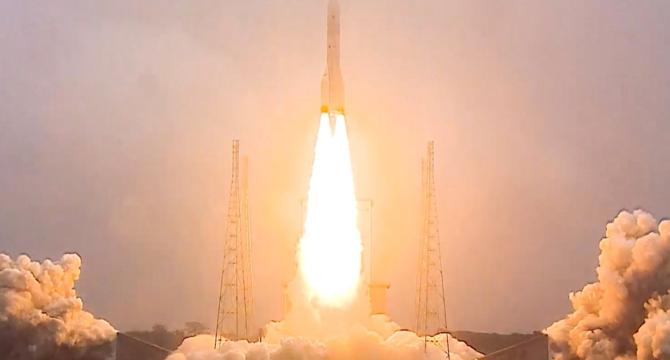
Image Credit: Digitaltrends
There was a flawless space mission on Thursday — it wasn’t SpaceX
- SpaceX's Starship upper-stage spacecraft disintegrated during a flight test, just two months after a previous failure.
- Despite the disappointment, SpaceX sees it as a learning opportunity to improve Starship's reliability.
- Meanwhile, Arianespace's Ariane 6 rocket successfully completed its second flight, placing the CSO-3 Earth observation satellite in orbit.
- The Ariane 6 launch marked a significant achievement for European and French excellence in space technology.
Read Full Article
26 Likes
For uninterrupted reading, download the app